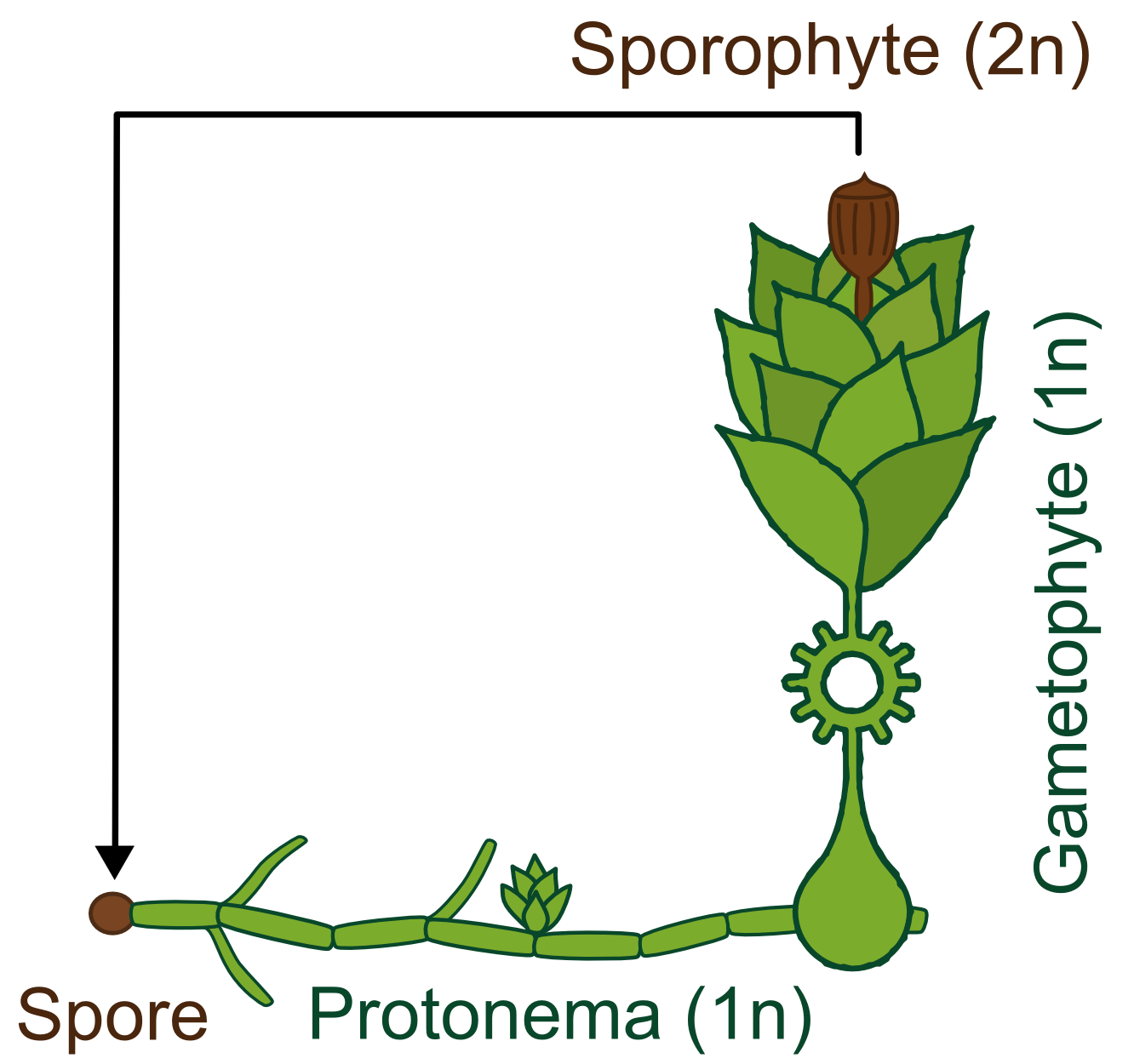Team:TU-Munich/Project/Bioaccumulation
From 2013.igem.org
BioAccumulation
BioAccumulation is a possibility to remove xenobiotics from the environment by binding them to a protein that has been designed for this purpose.
- Natural binding proteins
- Designd binding proteins (Anticalins, Affibodies, Darpins, etc.)
- Natural binding partner form the toxicity mechanism (Collaboration)
The Fluorescein binding Anticalin FluA
There are a broad range of natural as well as engineered binding proteins availible. The most commonly known binding proteins are antibodies which defend mammals against pathogens and toxins. Beside these natural binding proteins there are more and more designed binding proteins such as (1) Anticalins based on a lipocalin scaffold [[http://www.ncbi.nlm.nih.gov/pubmed/10051566 Beste et al., 1999], [http://www.ncbi.nlm.nih.gov/pubmed/16307475 Vopel et al., 2005]], (2) Affibodies derived from the z-domain of the antibody-binding protein A (Ref) and (3) DARPins that are based on an ankyrin scaffold. [...] reshaping of the binding pocket by amino acid substitutions to bind different ligand. Bilin-binding-protein binding bilin was reshaped to bind fluorescein. Idea is to apply technologies developed for the red biotechnology for medical purposes in the context of bioremediation.Possiblity ot develop binding proteins against nearly all chemical structures with comparabale size. Created trangenic moss PF-15 with the fluorescein binding anticalin fluA on the extracellular part of the receptor.
Table 1:
Variants of the fluorescein binding Anticalin FluA | |||
| Proteinvariant | KD of FluA to fluorescein | Literature reference | BioBrick |
| FluA | 152 nM | http://www.ncbi.nlm.nih.gov/pubmed/10051566 Beste et al., 1999 | <partinfo>BBa_K157004</partinfo> |
| FluA (R95K) | 64 nM | http://www.ncbi.nlm.nih.gov/pubmed/16307475 Vopel et al., 2005 | not availible as BioBrick |
| FluA (R95K, A45I, S114T) | 2 nM | http://www.ncbi.nlm.nih.gov/pubmed/16307475 Vopel et al., 2005 | <partinfo>BBa_K1159002</partinfo> |
Glutathione S-transferase
- General principle of glutathion conjugation
- Trap mechanism: chemical compound is much more soluble after conjugation and becomes transported into the vacuole.
- Already a natural mechanism in plants. Enzymes might be limited and genetic engineering can focuss this existing problem on specific chemical compounds.
- Transgenic moss created
- Usage of an existing BioBrick <partinfo>BBa_K620000</partinfo>
- Assay is the conjugation of Glutathion to Monochlorobimane which becomes fluorescent after conjugation.
Protein Phosphotase 1 - A molecular mop for Microcystin
- From a collaboration with Dundee iGEM Team
- Enzyme (phosphatase) derived
Text
References:
- http://www.ncbi.nlm.nih.gov/pubmed/10051566 Beste et al., 1999 Beste G, Schmidt FS, Stibora T, Skerra A. (1999) Small antibody-like proteins with prescribed ligand specificities derived from the lipocalin fold. PNAS, 96(5):1898-903.
- http://www.ncbi.nlm.nih.gov/pubmed/16307475 Vopel et al., 2005 Vopel S, Mühlbach H, Skerra A. (2005) Rational engineering of a fluorescein-binding anticalin for improved ligand affinity. Biol. Chem., 386(11):1097-104.
- http://www.ncbi.nlm.nih.gov/pubmed/9255793 Nord et al., 1997 Nord K, Gunneriusson E, Ringdahl J, Ståhl S, Uhlén M, Nygren PA. (1997) Binding proteins selected from combinatorial libraries of an α-helical bacterial receptor domain. Nature Biotech. 15(8):772-7.
 "
"




AutoAnnotator:
Follow us:
Address:
iGEM Team TU-Munich
Emil-Erlenmeyer-Forum 5
85354 Freising, Germany
Email: igem@wzw.tum.de
Phone: +49 8161 71-4351